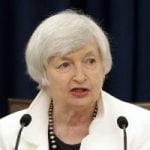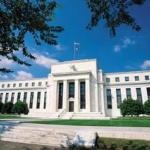 Did you see the recent government propaganda from the U.S. Bureau of Labor Statistics?
Did you see the recent government propaganda from the U.S. Bureau of Labor Statistics?
Not the latest faulty claim that consumer prices increased at an annual rate of just 3.4 percent in December. But rather the claim that 216,000 jobs were added in December.
Upon release, and right on cue, Treasury Secretary Janet Yellen declared that the U.S. economy had achieved a soft landing. She also said that her “hope is that it will continue.”
What Yellen neglected to mention was that October employment was revised down by 45,000 jobs and November was revised down by 26,000 jobs. That’s 71,000 jobs the government recently reported which didn’t exist.
How many of the 216,000 jobs reported for December will wind up being pure fantasy?
Yellen also didn’t mention that 52,000 of the reported jobs are in government, 59,000 are in health care and social assistance, and 22,000 are in food services. These aren’t the kind of jobs that create and spread new wealth and abundance to the economy.
In addition, there are 4.2 million workers that are employed part time for economic reasons. This represents individuals who prefer full-time employment but are working part-time because their hours have been cut or they cannot find full-time work. Continue reading







